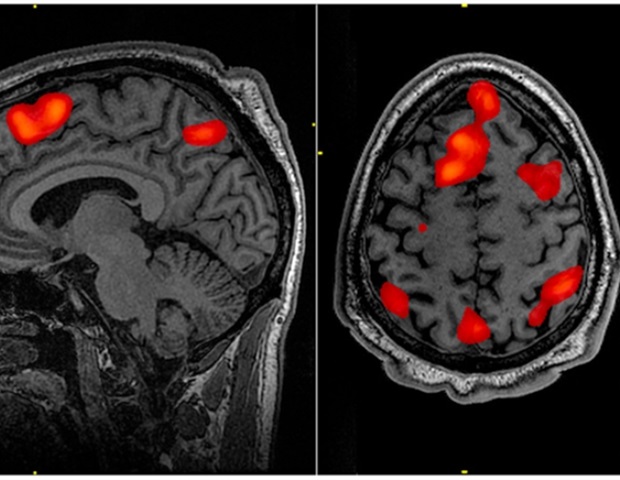PET scans reveal early signs of Parkinson’s and Lewy body disorders

In a comprehensive Genomic Press perspective article published today, researchers from Fudan University and Shanghai University of Traditional Chinese Medicine have highlighted remarkable advances in the development of positron emission tomography (PET) tracers capable of visualizing α-synuclein aggregates in the brains of patients with Parkinson's disease and related disorders. The abnormal accumulation of α-synuclein protein is a defining pathological feature of several neurodegenerative conditions collectively known as synucleinopathies, including Parkinson's disease (PD), multiple system atrophy (MSA), and dementia with Lewy bodies (DLB). Until recently, confirming the presence of these protein aggregates required post-mortem examination, severely limiting early diagnosis and treatment monitoring capabilities. "The ability to visualize these protein aggregates in living patients represents a significant leap forward in neurodegenerative disease research," explains Dr. Fang Xie, corresponding author and researcher at the Department of Nuclear Medicine & PET Center at Huashan Hospital, Fudan University. A suitable radiotracer that can noninvasively map synucleinopathies through PET imaging will lead to breakthroughs in early diagnosis, monitoring disease progression, and evaluating treatment responses." Dr. Fang Xie, Corresponding Author and Researcher, Department of Nuclear Medicine & PET Center at Huashan Hospital, Fudan University The perspective article meticulously reviews recent advances in PET tracer development, with special attention to promising candidates that have shown effectiveness in both laboratory and clinical settings. The researchers highlight tracers such as [18F]F-0502B, [18F]C05-05, and [18F]ACI-12589, which have demonstrated encouraging results in distinguishing patients with synucleinopathies from healthy controls. One particularly significant breakthrough came when [18F]C05-05 successfully visualized synucleinopathies in ten patients meeting clinical diagnostic criteria for Parkinson's disease or dementia with Lewy bodies. This tracer showed increased binding in the midbrain-an area commonly affected by Lewy body pathologies-and this binding correlated well with the severity of motor symptoms. Another promising tracer, [18F]ACI-12589, developed by the biotech company AC Immune, has shown remarkable results in distinguishing multiple system atrophy from other neurodegenerative diseases. This radiotracer exhibited greater retention in the cerebellar white matter of MSA patients compared to those with PD, DLB, or healthy controls. Despite these encouraging developments, the authors acknowledge several challenges that remain in developing optimal α-synuclein PET tracers. The heterogeneous distribution and conformation of α-synuclein aggregates across different synucleinopathies, along with the relatively low density of these pathological features, complicate the development of universally effective imaging agents. The clinical implications of these advances extend beyond diagnosis. Could these imaging tools eventually help stratify patients for clinical trials based on their specific pathological profiles? Might they serve as critical biomarkers for assessing the efficacy of emerging disease-modifying treatments targeting α-synuclein aggregation? These questions highlight the potential far-reaching impact of this technology on personalized medicine approaches to neurodegenerative disorders. "The field is moving rapidly, and we're witnessing the translation of laboratory discoveries into clinical applications," notes Dr. Yingfang He, lead author from the Institute of Radiation Medicine at Fudan University. "What makes these developments particularly exciting is their potential to transform how we diagnose and treat these devastating disorders, potentially intervening before irreversible neurodegeneration occurs." As the global population ages, the prevalence of neurodegenerative disorders is expected to rise dramatically. The development of reliable imaging biomarkers for synucleinopathies could significantly impact both clinical management and research efforts aimed at developing disease-modifying therapies.


















